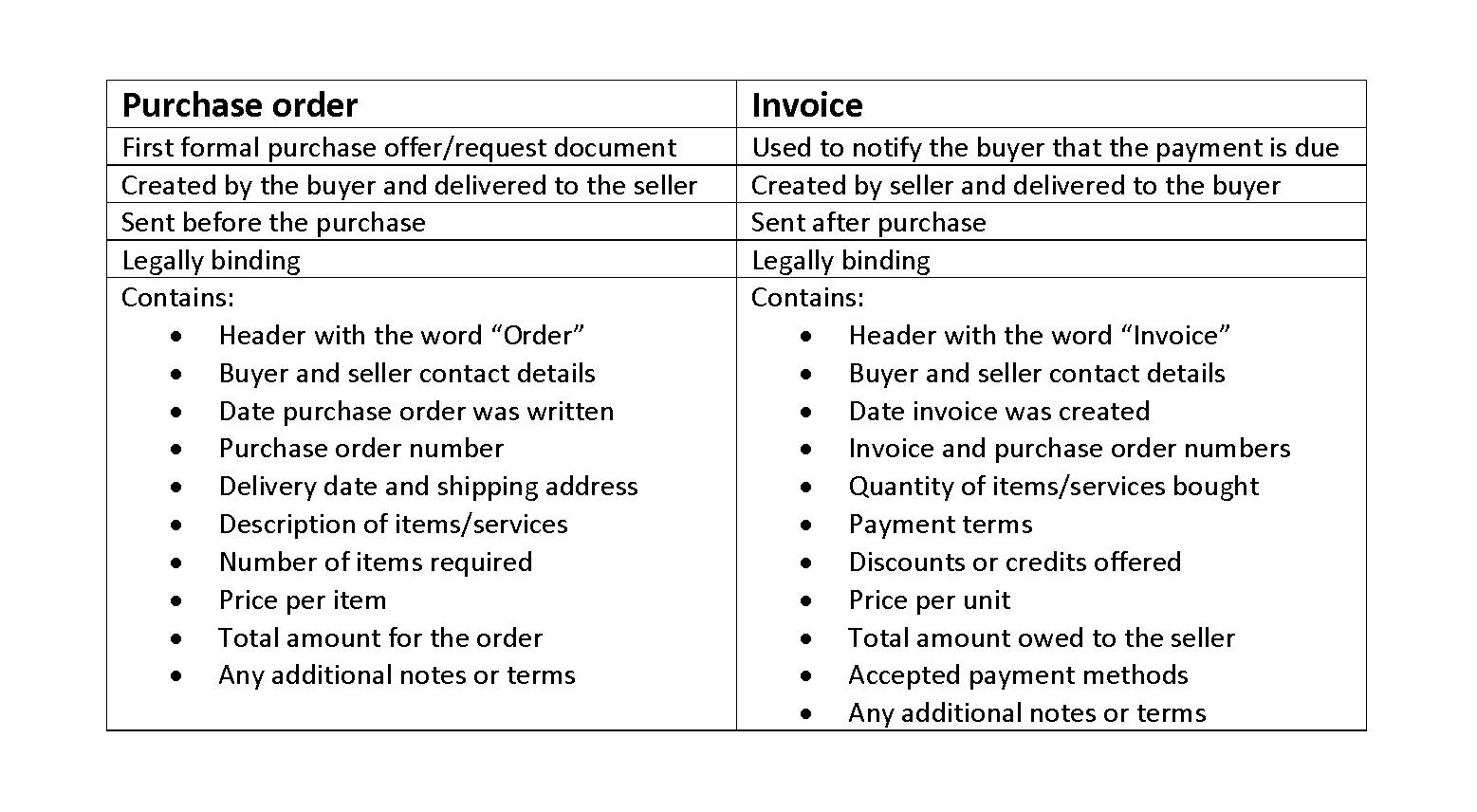
In the simplest case, the total cost function and its derivative are expressed as follows, where Q represents the production quantity, VC represents variable costs, FC represents fixed costs and TC represents total costs. Short run marginal cost is the change in total cost when an additional output is produced in the short run and some costs are fixed. On the right side of the page, the short-run marginal cost forms a U-shape, with quantity on the x-axis and cost per unit on the y-axis. In economic terms, the marginal cost is the increase in total production cost when producing one additional unit. Simply this is the additional cost that a firm needs to bear when producing an additional unit. When considering the marginal cost of producing one additional unit, you’ll need to consider specific assets = liabilities + equity factors, like labor and materials.
3.1.2 Sample Problem – Simple Beams in Elastic Bending
- There is a unit price for the product and this is similar despite the production quantity.
- You can calculate the Marginal cost by dividing the change in total cost by the change in quantity.
- As a financial analyst, you determine that the marginal cost for each additional unit produced is $500 ($2,500,000 / 5,000).
- In the above graph, the MC curve is formed by plotting the points shown in the above schedule.
- Before diving into the calculation, it’s important to understand key concepts including fixed , variable, total, and marginal cost, plus units of production.
- Let us learn more about the marginal cost along with its formula in this article.
Marginal revenue is the total revenue gained by producing one additional unit of a good or service. You calculate marginal revenue by dividing the total change in revenue by the change in quantity. Understanding marginal cost helps companies optimize their production levels by identifying the point where marginal cost equals marginal revenue, thus maximizing profits.

Pros and Cons of Using Marginal Cost

If manufacturing additional units requires hiring one or two additional workers and increases the purchase cost of raw materials, then a change in the overall production cost will result. Costs of production (which include fixed costs as well as variable costs) increase with more production because producing more units means buying more raw materials and/or hiring more workers. The change in cost is equal to production cost from levels of output prior to the increase in production subtracted from the cost from levels of output following the increase in production. Marginal cost is the change in the mc equation total cost which is the sum of fixed costs and the variable costs.

Chapter 6: Concepts of Cost and Revenue
This is usually one unit if we’re considering the cost of producing one additional unit. This is the difference in total cost when the units of production are increased by one unit. Special Relativity, proposed by Einstein in 1905, challenged the traditional Newtonian mechanics that had prevailed for centuries.
- Marginal costs don’t typically include fixed costs, which are the same no matter how many units are produced.
- The specific heat capacity is the amount of heat it takes to change the temperature of one gram of substance by 1°C.
- Einstein’s equation opened the door for numerous technological advances, from nuclear power and nuclear medicine to the inner workings of the sun.
- Then Continental Airlines broke from the norm and started running flights even when the added revenues were below average cost.
- Although the mass of the pan is twice that of the water, the specific heat of water is over four times greater than that of aluminum.
- This is one reason why scientists believe that the huge energy output of quasars can only be generated by a supermassive black hole at its heart.
The marginal cost of production helps the firm to optimize its production through economies of scale. They all have the same mass and are exposed to the same amount of heat. So, the one with the lowest specific heat would have the highest temperature. It has the lowest resistance to temperature change when exposed to heat.
Long run marginal cost
However, as production volume approaches the facility’s capacity, these efficiency gains begin QuickBooks ProAdvisor to taper off. Maybe the machinery needs more frequent maintenance, workers need overtime pay, or storage space becomes scarce. The marginal cost curve begins to slope upward at this point, signaling that each additional unit will now cost more to produce than the previous one. As marginal costs rise, they eventually meet marginal revenue, creating an equilibrium point that signals the most profitable production level. Initially, as output increases, the business becomes more efficient at using its resources. Workers develop expertise and routines, machinery operates at more efficient levels, and fixed costs are spread across more units.

Fixed costs are expenses that don’t change with the level of production or sales. These expenses must be paid regardless of how much a company is producing or selling. They’re often considered sunk expenses because they’re incurred no matter what. Examples of fixed costs include rent, salaries, insurance premiums, and depreciation. In the short run, these expenses are usually constant, but in the long run, they could change. This is a typical calorimetry problem—two bodies at different temperatures are brought in contact with each other and exchange heat until a common temperature is reached.
Increasing prices to maximize profits in the short run could encourage more firms to enter the market. Therefore firms may decide to make less than maximum profits and pursue a higher market share. The use of the profit maximization rule also depends on how other firms react. If you increase your price, and other firms may follow, demand may be inelastic.